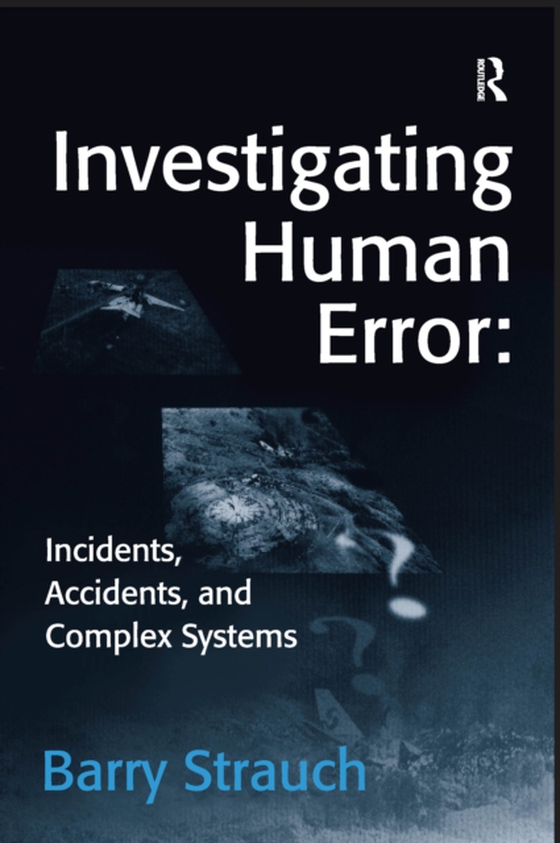
Investigating Human Error: Incidents, Accidents, and Complex Systems e-bog
436,85 DKK
(inkl. moms 546,06 DKK)
In this book the author applies contemporary error theory to the needs of investigators and of anyone attempting to understand why someone made a critical error, how that error led to an incident or accident, and how to prevent such errors in the future. Students and investigators of human error will gain an appreciation of the literature on error, with numerous references to both scientific re...
E-bog
436,85 DKK
Forlag
Routledge
Udgivet
2 marts 2017
Længde
324 sider
Genrer
Occupational and industrial psychology
Sprog
English
Format
pdf
Beskyttelse
LCP
ISBN
9781351926300
In this book the author applies contemporary error theory to the needs of investigators and of anyone attempting to understand why someone made a critical error, how that error led to an incident or accident, and how to prevent such errors in the future. Students and investigators of human error will gain an appreciation of the literature on error, with numerous references to both scientific research and investigative reports in a wide variety of applications, from airplane accidents, to bus accidents, to bonfire disasters. Features include: - an easy to follow step by step approach to conducting error investigations that even those new to the field can readily apply. - summaries of recent transportation accidents and human factors literature and relates them to the cause of human error in accidents. - an approach to investigating human error that will be of interest to both human factors psychology and industrial engineering students and instructors, as well as investigators of accidents in aviation, mass transportation, nuclear power, or any industry that is to the adverse effects of error. Based on the author's over 18 years of experience as an accident investigator and instructor of both aircraft accident investigation techniques and human factors psychology, it reviews recent human factors literature, summarizes major transportation accidents, and shows how to investigate the types of errors that typically occur in high risk industries. It presents a model of human error causation influenced largely by James Reason and Neville Moray, and relates it to error investigations with step by step guidelines for data collection and analysis that investigators can readily apply as needed.
 Dansk
Dansk

